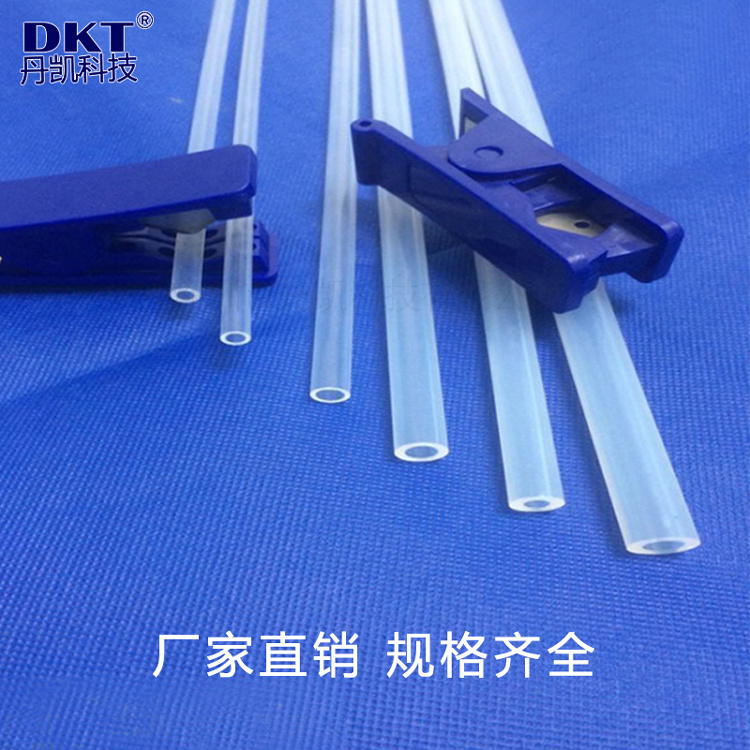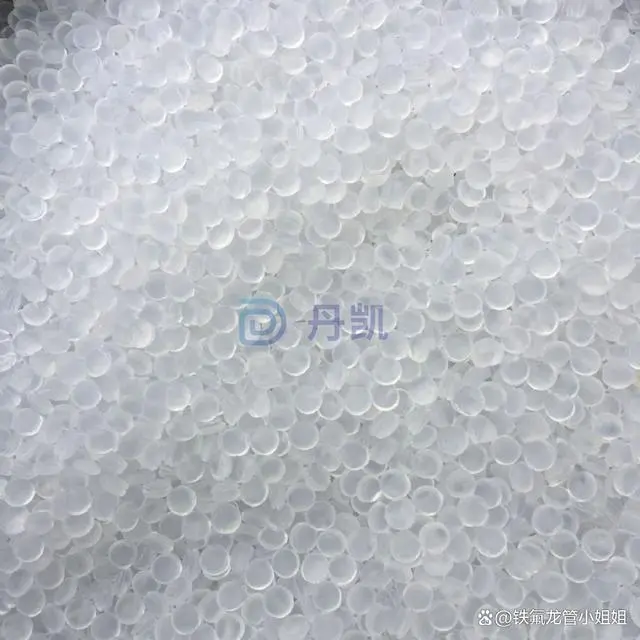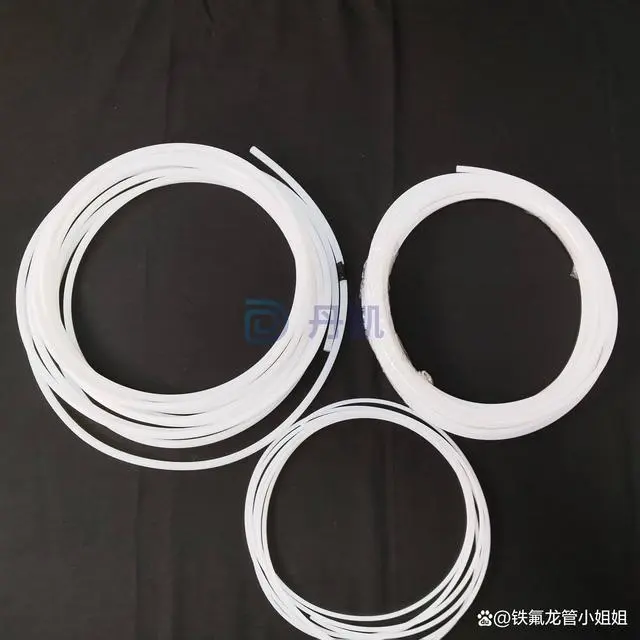A brief introduction to the types and characteristics of PTFE seals
Classification:
Industry dynamics
Author:
PFA tube little sister
Source:
Dankai
Release time:
2023-01-10
Visits:
Dankai PTFE (polytetrafluoroethylene) composite material is a performance ratio of two or more different properties or different phase substances containing PTFE blended, copolymerized or combined together.
A new class of composite materials with excellent composition materials. Through material compounding, it not only exerts the excellent characteristics of PTFE, but also overcomes the shortcomings of PTFE such as cold flow creep and non-wear resistance,
It has the advantages of anti-friction, wear resistance, self-lubrication, corrosion resistance, heat resistance, aging resistance, compression resistance, creep resistance, dimensional stability and low linear expansion coefficient, and improves thermal conductivity and
Hardness, reduced cost. This new type of composite material has been used at home and abroad to make seals for special working conditions, such as high pressure, high temperature, high speed, high vacuum, flammable and explosive.
These seals are widely used in petrochemical, chemical fertilizer, pesticide, aviation, aerospace and nuclear industries, and are often used as seals for reciprocating axial movement, such
Sealing of piston and piston rod. It can be used for dry friction without oil lubrication, and oil lubrication can be implemented when conditions permit.
In order to enhance the elasticity of PTFE composite seals, it must be combined with elastomers, compression rings, convex seats, concave seats, and various forms of metal springs to form elasticity.
Actuate the seal. The most commonly used is metal spring actuation, which is a spiral flat spring or round wire spring placed in the sealing ring by machining or molding made of annular hollow
In order to ensure that the seal can produce a high degree of elasticity and wear automatic compensation, so as to form an excellent dynamic seal.
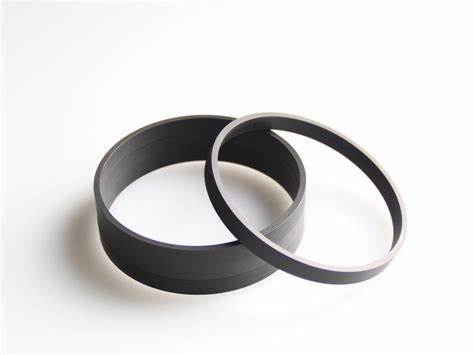
Figure 1: PTFE sealing ring Source: Network
2.1 J-and L-shaped PTFE seals
J and L-shaped seals commonly used PTFE to add graphite, glass fiber, bronze, molybdenum disulfide and various metal oxides to improve and enhance the various properties of PTFE. It is characterized by friction.
The friction force is small and can withstand dry friction; the wear rate of the lip and shaft surface is low; the temperature range is -50~200 ℃; oil and corrosion resistance; excellent sealing. For example, adding glass fiber with PTFE
The L-shaped seal ring is used on hydraulic and pneumatic pistons. If 15% glass fiber is added, the thermal expansion coefficient can be reduced by 1/2. L-shaped sealing ring can be used for one-way or two-way movement
The piston is sealed.
The J-ring seal is used as a seal for the piston rod. It is generally installed on the housing as a fixed seal to seal the reciprocating shaft. The bottom of the sealing ring is clamped in the groove of the housing
supported by the gland. The lip end always faces the positive pressure side, and the inner diameter of the lip is in contact with the shaft, so as to use the self-tightening sealing principle to achieve sealing, and the lip can move freely along the shaft surface.
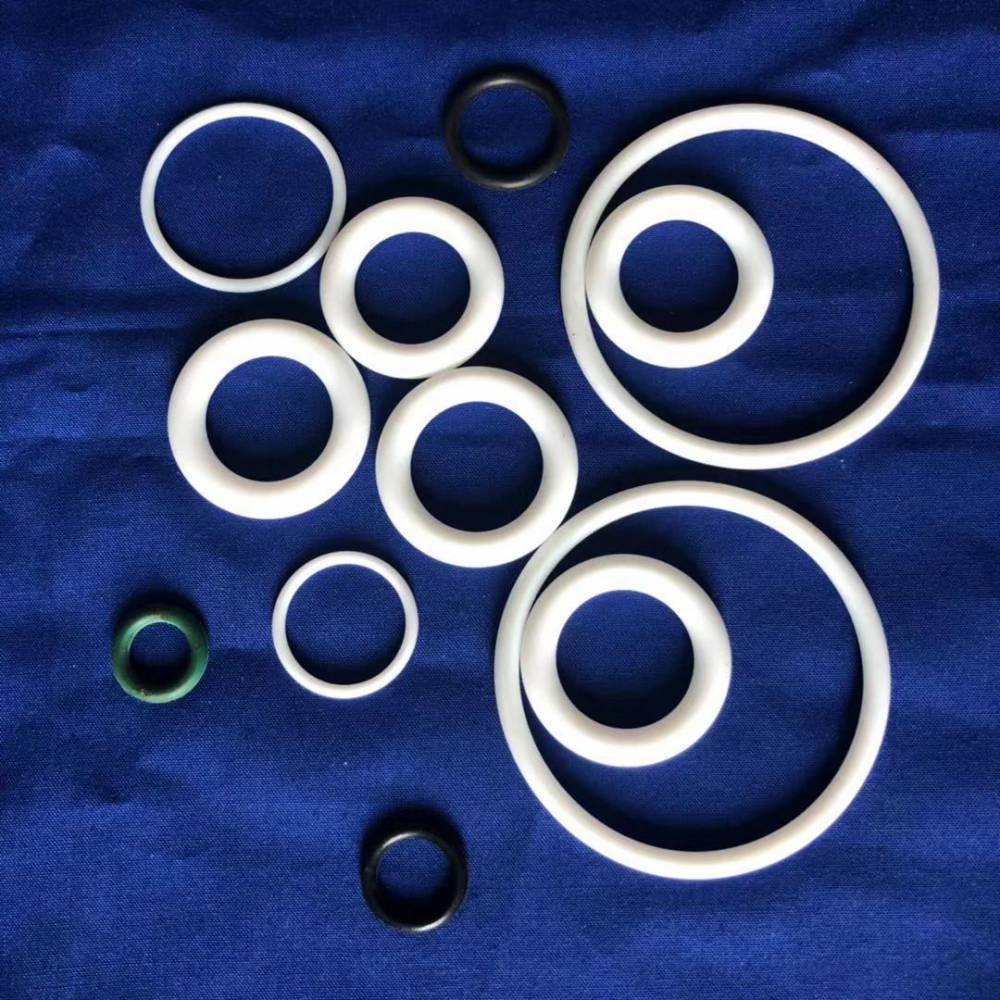
Figure 2: PTFE sealing ring Source: Network
2.2 U-ring seal
The U-shaped seal made of PTFE as the base material and adding filler can be installed on the moving piston, and can be installed on the shell as a fixed seal to play a sealing role
The packing gland needs to be adjusted.
The U-shaped seal is a balanced seal, that is, it seals on both the inner and outer diameters, and is equipped with a support ring to protect the seal from being crushed or twisted under pressure. U-shaped ring
Installed in the sealing groove, the clearance between the pressure ring and the lip is 1.6~3mm, I .e. at least 25% of the thickness of the lip, so that the lip cannot contact the pressure ring so that the system fluid can enter freely, thus
The principle of self-tightening can be used for sealing. The transverse holes in the vertical web of the pressure ring can ensure the pressure balance in the U-shaped opening. A rubber O-ring is used to increase static and dynamic
contact force to improve the initial sealing effect.
2.3V-shaped sealing ring
The V-ring can be made by adding glass powder, graphite or molybdenum disulfide with PTFE. The V-shaped rings are installed in groups of multiple rings, with a convex seat and a concave seat, which can improve the density.
Sealing effect and service life.
The inner contour of the section of the lip is curved and the outer contour is straight, so that there is a point contact between two adjacent rings to obtain a higher flexibility. The curve of the lip makes the suit
The sealing rings together form a single line contact, thereby forcing each sealing ring to flex against the 45 ° hypotenuse of the adjacent ring with minimal friction.
The function of the concave seat is to prevent the deformation of the sealing ring when the pressure rises, and the convex seat helps the lip to act automatically and produce a reliable seal when under pressure.
The appropriate spring size should make the average load on the circumferential length of the sealing ring 18 ~ 27N/cm. The number of V-rings in each set of packing seal assembly is 3~5.
2.4 other seals
The fluorocarbon sealing rod is made of a mixture of PTFE and graphite, molybdenum disulfide, etc. The wear resistance of this material is hundreds of times that of pure PTFE. Longer movement life than silicone rubber seals. suitable
The temperature range should be -40~200 ℃, and the sealing pressure can reach 70MPa.
This seal is used for the sealing of the reciprocating shaft. The seal is equipped with various mechanical springs with circular and V-shaped cross-sections (stainless steel bands are available), and the open ones are also wrapped in PTFE composite materials.
of. The seal must be installed so that the spring is compressed so that the initial seal can be formed without pressure. Because of its self-sealing mechanism, the sealing efficiency increases with the pressure.
plus and enhanced. The seal shall be embedded so that the opening of the C- shaped sleeve always faces the pressure side of the system to form a self-tightening seal. Open-form spring materials should be based on the corrosive nature of the fluid.
Material selection. When a metal spray spring is used, an O-ring elastomer may be used instead.
Ring groove seal anti-PTFE composite material is made of various backing plates with small grooves, and combined with other elastic extrusion seals to form ring groove seal, Dankai PTFE composite material pad
Plate seal contact surface with small saw tooth groove. These small circumferential grooves form many labyrinth-like individual compartments, causing each groove to generate a pressure drop, thus dividing the total pressure.
For a series of pressure differences generated by the ring groove, the tiny groove is like a reservoir with a small amount of lubricating fluid, so that the sealing element is often operated on the liquid film, thereby reducing friction
with wear.
This article is originally created by Teflon's little sister. Welcome to pay attention and take you to grow knowledge together!
Key words:
Sealing ring, ptfe, can, abrasion resistance, self-lubricating, high temperature resistance, aging resistance, compression resistance

